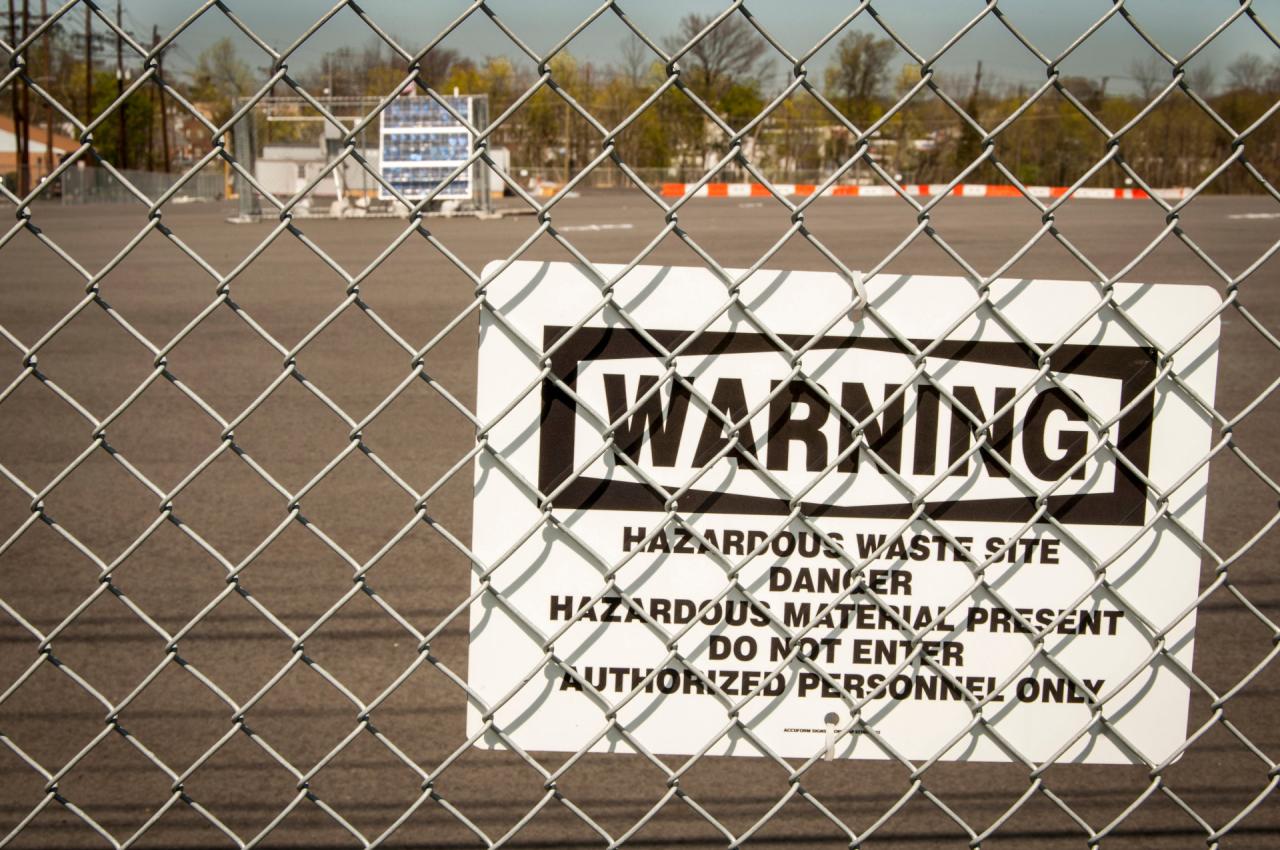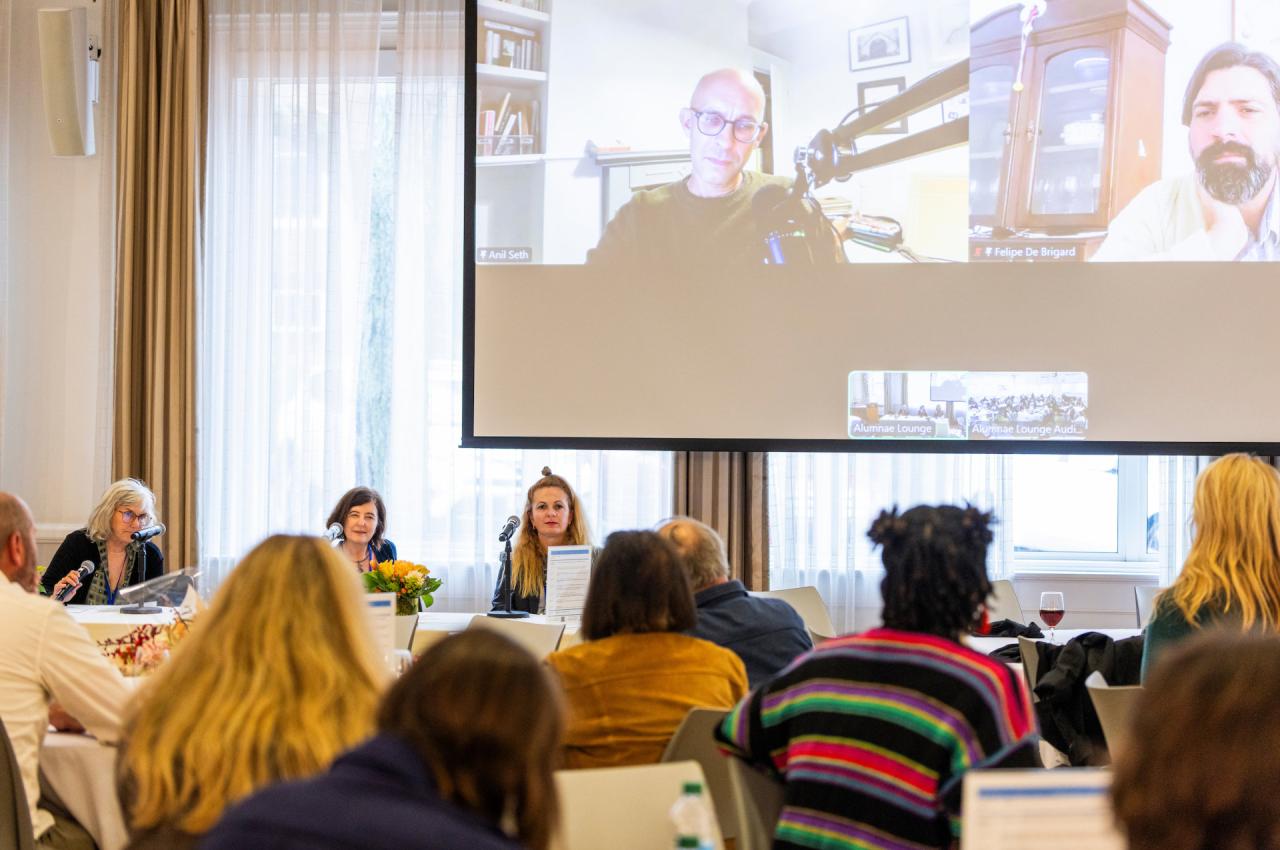Addressing Population Disparities Near the Worst Superfund Sites
Historically underserved and socially vulnerable communities, including Black, Asian, and other minority populations, are disproportionately exposed to Superfund sites—places where contamination poses significant risks to human health and the environment. Even more are exposed to sites where cleanup efforts are either insufficient, delayed, or in many cases not underway.
That’s according to a new study published in Nature Communications by Tufts University researchers that also devised a decision model for Superfund management that would support equitable action in prioritizing cleanup activities.
Led by Farshid Vahedifard, professor and Louis Berger Chair in Civil and Environmental Engineering at Tufts, and PhD student Mohammed Azhar, the research team also included collaborators from the United Nations University Institute for Water, Environment and Health, Mississippi State University, and George Mason University.
Superfund sites currently have a prioritization system where each site is given a Hazard Ranking System (HRS) score. The tool is used to quantitatively evaluate risks posed to human health and the environment, including toxic exposure from contamination of groundwater, rivers, lakes, wetlands, crop soils, and air pollution.
Other factors used in the calculation of the HRS score include the likelihood of release of contaminants from the site, the level of toxicity and quantity of the contaminants, and their persistence in the environment. The size of the exposed population, nearby crops and livestock, sensitive ecosystems, and endangered species are also considered in the ranking.
The scoring system ranges from 0 to 100, and any site with a score above 28.5 is placed on a National Priority List to ensure it receives funding and attention for immediate cleanup operations. This is concerning since the cutoff score of 28.5 was originally set to cap the initial list at 400 sites, but remains the selection threshold today.
The sites that do not make it to the National Priority List, which include over 11,612 examined in this study, still pose a risk to surrounding communities, especially because they most likely are not actively undergoing cleanup.
Addressing Disparities by Ranking Priorities
Findings show substantial disparities in exposure to toxic waste sites, but it is not enough to just uncover the disparities, Vahedifard said. What’s needed is some sort of action plan to remedy the disparities. “While we are presenting a systematic approach to screen and identify disparities, we also wanted to inform decision-making for more equitable funding allocation for cleanups,” he said. “That’s why we developed the idea of an Action Priority Matrix.”
The Action Priority Matrix, or APM, plots a Superfund Exposure Score on one axis indicating the proportion of the total population in a region exposed to a toxic site, and the disparity percentage on the other axis. Four quadrants of the plot point to different action protocols, with the most critical quadrant—with a high exposure score and a high disparity percentage—pointing to sites that should be given priority for cleanup.
Some 80% of the U.S. population lives within 6.2 miles of at least one Superfund site, with nearly 60% of them residing in areas where cleanup efforts were lacking. The new study found that at the national level, Asian, Black, and other disadvantaged populations are disproportionately overrepresented in Superfund host areas—Black populations by 100% and Asian populations by 200% compared to communities not exposed to contaminated sites.
Certain states have stark disparities in populations exposed near all Superfund sites. Asian populations are 11-fold higher near Superfund sites in Massachusetts compared to unexposed communities, about 10-fold higher in New Jersey, and 8-fold higher in New York. The Black population is 10-fold higher near the contaminated sites in Massachusetts, and 7-fold higher in Connecticut and Nebraska.
Certain regions show significant disparities in exposed populations near sites that have not been listed as a national priority and where there are no current cleanup activities underway. In New England, the Black population is 13.7 times greater near these sites compared to unexposed communities, while the Hispanic population is 9.6 times greater.
Balancing Competing Priorities
Among the factors leading to unequal exposure to toxic sites are historical discrimination and segregation practices such as redlining and discriminatory zoning laws that push some groups to less desirable, often industrialized areas that are susceptible to waste deposits and pollution. Vulnerable groups with limited economic resources also have a reduced ability to relocate to safer places. These groups often lack the political power and representation necessary to influence decision-making and pollution regulations.
For example, the difficulty certain populations have in moving away from a toxic site, a factor that is not considered in the HRS score, may be as important as other factors included in the HRS score, such as the level of release and diffusion of toxic material out from the site.
“The way that the Superfund HRS scoring is designed, it does not consider the makeup of communities that are impacted, and the fact that the location of the sites was already heavily skewed to areas with vulnerable, minority, and low-income populations,” said Azhar. “A toxic waste site that might score under the 28.5 threshold with HRS could be pushed above the threshold with the Action Priority Matrix.”
Seven states had the highest APM scores, combining severity of Superfund exposure and disparity percentage—Nevada, Maryland, Illinois, Indiana, Wisconsin, New Jersey, and New York.
“Beyond their immediate application to Superfund prioritizing, APMs can have broader implications for addressing systemic environmental justice issues in other areas, such as developing equitable climate adaptation strategies for critical infrastructure systems,” said Vahedifard.













